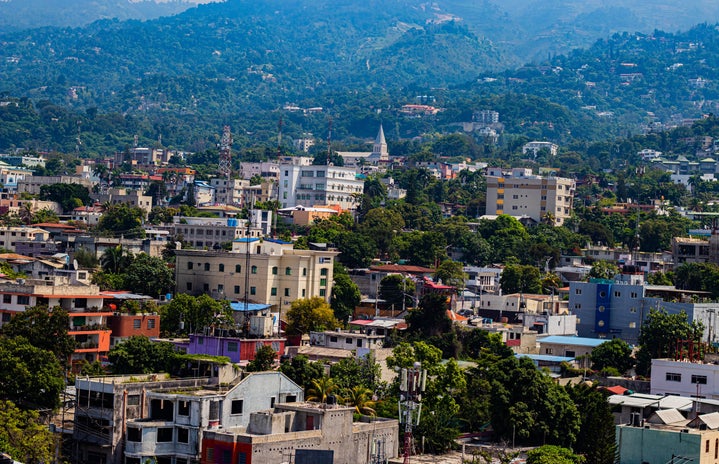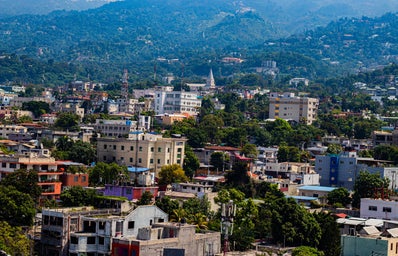Zaha Hadid, an Iraqi-British Architect, paved the representation of West Asia with her radical deconstructivist designs in architecture. In 2004, she was the first woman to be awarded the Pritzker Architecture Prize. Hadid’s contribution to architecture was acknowledged by some of the world’s most influential and respected institutions, including the Forbes List of “World’s Most Powerful Women” and “Praemium Imperiale,” which was presented to her by the Japan Art Association.
Radical constructivist designs are defined as breaking down a structure for design or redesign purposes, or simply as an act of rebellion. These methods and practices don’t follow specific methods or design principles; it is as simple as letting your creativity roam and creating drastic designs which can reach endless possibilities.
Hadid was born in Baghdad, Iraq in 1950, and began her studies at the American University in Beirut, Lebanon, where she received a bachelors in mathematics. From there, she traveled to London to study at the Architectural Association, where she eventually established her own London-based firm, Zaha Hadid Architects (ZHA), in 1979.
The shift in her career and status occurred with the recognition of her work, The Peak, which was a horizontal skyscraper in Hong Kong. The Peak was awarded first place in a global competition to design a private club for a client in Hong Kong. The Museum of Modern Art (MoMA) detail her design process on their website, “Hadid proposed to transform the site by excavating the hills, using the removed rock to build artificial cliffs, or ‘a man-made geology,’ in her words. Into this new topography she planned to interject cantilevered beams, shard-like fragments, and other elements that would seem to splinter the structure into its myriad constituent parts, as if subjecting it to some powerful, destabilizing force. The forms appear to hover and float, defying gravity.”
So, why are Zaha Hadid’s buildings so extraordinary? Hadid pushed boundaries and had no definition for her architecture. Her work is incredibly experimental and encompasses all fields of design.
Some of her well-known works include the Vitra Fire Station in Germany. Vitra Campus explains the design, “The Fire Station is the very first building complex designed by Zaha Hadid. It consists of spaces for fire engines, showers and changing rooms for the firemen, as well as a conference room and a kitchenette. The sculpture-like building was cast in concrete on site. Positioned alongside the angular features of the neighbouring production facilities, it has the effect of a frozen explosion. Its lack of colour and right angles provide visitors with an unusual spatial experience.”
After the result of a heart attack, Hadid unfortunately passed away on March 31st 2016. Hadid’s creativity will forever live on, especially within the MSU community, as the MSU Broad Art Museum was an architectural building designed by Zaha Hadid herself. The museum was opened in 2012 with 46,000 square feet. She will forever be remembered as an icon and force within the architectural world, but also an inspiration for Middle Eastern/West Asian individuals.


